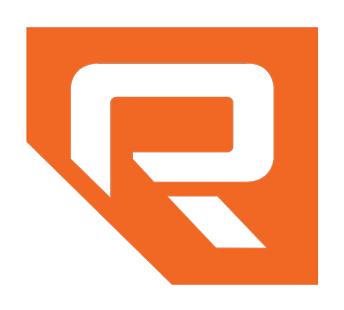The Court Issues a Decision Concerning the Patent Enablement Requirement: They like it Just the Way It Is
Today the Supreme Court issued a unanimous opinion in Amgen, Inc. v. Sanofi, the only patent case that the Court is hearing this term. At issue was whether Amgen’s claims to a broad class of antibodies for reducing cholesterol were invalid for not having been enabled by its patent applications. The Court found that the claims were invalid, because Amgen’s disclosure would require one skilled in the art to engage in an undue amount of experimentation to produce the antibodies covered by the full scope of the claims.
Patent Application Enablement Requirement
In order to meet the enablement requirement a patent application must contain a “description of the invention, and of the manner and process of making and using it, in such full, clear, concise, and exact terms as to enable any person skilled in the art to which it pertains, or with which it is most nearly connected, to make and use the same,” 35 USC 112(a). Here Amgen contended that the 26 examples of antibodies that were disclosed in its applications, coupled with the description in the applications of a process for how other antibodies could be produced, was
sufficient to meet the enablement requirement to support claims to a broad class of such
antibodies.
However, as the Court stated, “the more a party claims, the broader the monopoly it demands, the more it must enable.” While the 26 example antibodies were sufficiently described, the amount of experimentation that would be required to produce the full range of antibodies was undue – essentially Amgen was describing a level of experimentation that would require one skilled in the art to engage in a random trial-and-error method of experimentation on a wide range of candidate antibodies in order to produce the full range of antibodies covered by the claims. Thus, the claims at issue were found invalid as not enabled by Amgen’s filed patent applications.
The USPTO Approach
The USPTO takes a similar approach in evaluating enablement during the examination of applications, applying the Wands factors (named for a 1988 Federal Circuit case) listed in MPEP 2164.01(a), looking at:
“(A) The breadth of the claims;
(B) The nature of the invention;
(C) The state of the prior art;
(D) The level of one of ordinary skill;
(E) The level of predictability in the art;
(F) The amount of direction provided by the inventor;
(G) The existence of working examples; and
(H) The quantity of experimentation needed to make or use the invention based on the content of the disclosure.”
Although the Court did not mention this list of factors explicitlyin its decision, its opinion touched on several of them in the analysis, such as the breadth of the
claims, the existence of working examples in the application, and (most importantly) the quantity
of experimentation needed to make or use the invention based on the content of the disclosure.
At Renner Otto, the oldest intellectual property firm in Cleveland, we specialize in assisting our clients as they develop efficient Intellectual Property strategies that are tailored to their business’s needs. Our attorneys are knowledgeable on a wide range of domestic and international IP issues, and we partner with Firms around the world to better serve our clients.
Someone from the Renner Otto team would be happy to discuss this topic or any related Intellectual Property matters. Contact us for a complimentary consultation to see how we can help your business move your innovation forward.
The attorneys at Renner Otto strive to be authorities in all matters concerning the ever-evolving landscape of Intellectual Property; however, the information provided on our website is not intended to be legal advice, nor does it create an attorney-client relationship.


